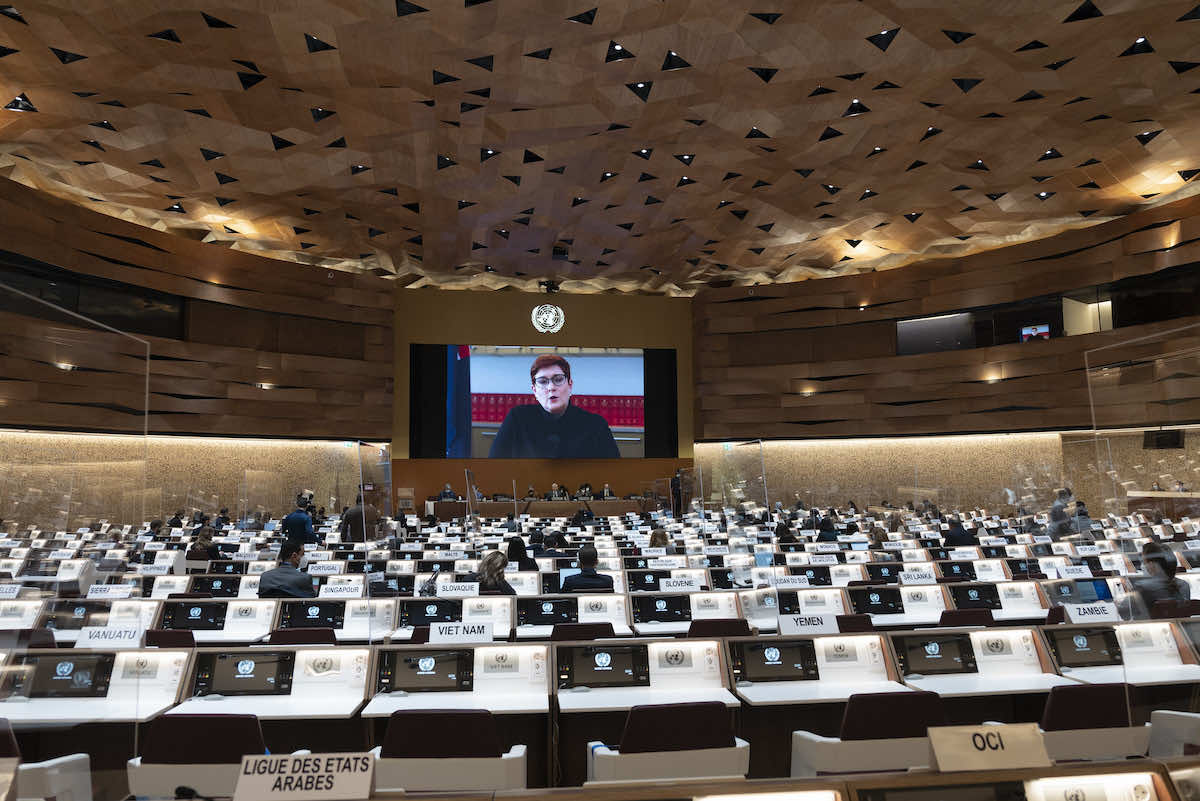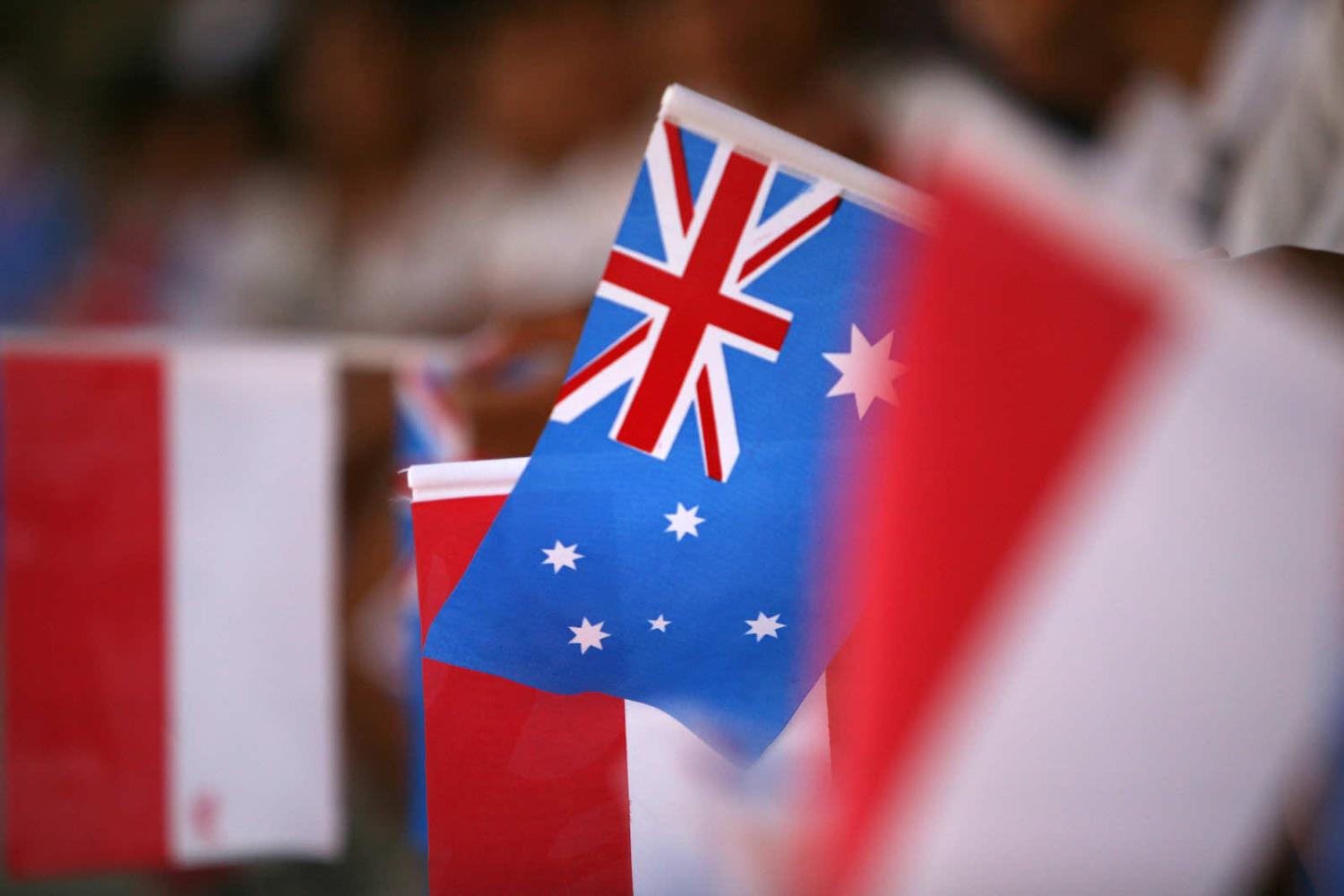Worry about the underfunding of Australian diplomacy has almost become an annual ritual around budget time. But with an election imminent, this has become a higher stakes discussion given that the federal opposition has promised to rebuild Australian diplomacy if it wins office. Funding is, however, only one part of a vicious cycle where under-resourcing makes it harder for the Department of Foreign Affairs and Trade to prove its value and relevance, meaning it’s underappreciated, in turn making budgetary tussles even more difficult.
So, more money is only half the answer. What’s needed is a bigger agenda to rethink Australian foreign policy. To answer Mercedes Page’s recent call in The Interpreter for a “reimagining” of DFAT as “a 21st century foreign affairs department”, here are four ideas – some new, some old; some big, some small – for a more effective organisation.
Coordinate a national security strategy including capability assessments
The 2017 Foreign Policy White Paper is a remarkable document. Despite its age, its forthright analysis remains well calibrated. However, the white paper’s original deceit has only become starker: its silence on capability and resourcing.
The cardinal principle of grand strategy is the effective alignment of means with ends. In failing to articulate the requisite capabilities, the white paper was always doomed to be more aspiration than strategy. But it doesn’t have to be like this. One reason why the 2020 Defence Strategic Update was so meaningful was that it was accompanied by a force structure plan.
Time-poor decision-makers in need of accessible, concise, and tailored analysis and advice.
Regardless of the election outcome, DFAT should seek government approval to lead a whole-of-government national security strategy. This should have a broader and deeper remit than previous white papers. Not only should it thoroughly assess capability requirements, but these must be calibrated against every tool of foreign policy across the spectrum of diplomacy, defence, intelligence and development.
Make DFAT a central agency
Key to developing and implementing an all-elements national security strategy is elevating and reframing DFAT’s role. The department should be redesignated as a “central agency” rather than a “line agency”, to adopt Canberra bureaucrat-speak, joining the departments of Prime Minister & Cabinet (PMC), Treasury, and Finance. This would bring DFAT into the centre of government decision-making and coordination. Such a change would serve two important purposes. First, it would afford DFAT a clear leadership role in coordinating policy and capability across all arms of international policy. And second, it would elevate diplomacy as the government’s primary foreign policy tool.
DFAT would integrate PMC’s National Security and International Policy Division and adopt a role akin to the White House National Security Council, directly advising the prime minister and the national security committee of cabinet. As former research director at the Perth USAsia Centre Jeffrey Wilson has suggested, this also would help evolve DFAT’s identity beyond being a diplomatic service, allowing it to take up the mantle of leading international policy across government.

Genuinely commit to more flexible staffing
To take on this role, it would be even more important that DFAT attract and retain the best people. The Department must recognise that it plays in a more competitive labour market where the skills and experiences of diplomacy are no longer so exclusive. This is a challenge common to other foreign ministries. “The State Department”, according to Uzra Zeya and Jon Finer, authors of a special report by the Council for Foreign Relations released in November 2020, “risks losing the ‘war for talent,’ not only to the private sector but increasingly to other government agencies, due to inflexible career tracks, self-defeating hiring constraints, and a lack of commitment to training and professional development.”
Imagine sending a fax when you could use WhatsApp.
A full commitment to flexibility, in both working style and career development, will be good for DFAT’s people and policy. To capture and keep the right skills to meet the array of challenges facing Australia, attitudes and incentives must shift. The Department must accept the post-Covid reality of virtual and remote work and move away from privileging a single-track DFAT career towards better valuing diverse experiences. A freer flow of people between government and the private sector should be normalised.
Staff should be encouraged to take career breaks to study and work elsewhere by making leave without pay a right rather than a rare privilege. Allowing those based in Australia to work more easily from state and territory capitals, as Austrade does, would also open up a broader talent pool and ensure diplomats represent a wider geographic spread. A more radical idea would be to create a “diplomatic reserve”, allowing security-cleared specialists and experienced officers to be flexibly called up for special assignments. This could help generate a surge capacity to respond to crises, for example, without shifting so many full-time policymakers from their usual roles (as happened during DFAT’s Covid response).
Blow up the cable system
DFAT’s primary conduit for sharing information between overseas posts and government in Australia remains the “cable”, a platform that, as its name suggests, was designed around 20th century technology. For those ignorant this arcane system, imagine sending a fax when you could use WhatsApp.
The cable system diminishes DFAT’s influence, making it, in the words of Liberal MP and former diplomat Dave Sharma, “completely out of sync with the working habits and preferences of today’s governing class”. In my time at DFAT, I saw at least three attempts to redesign cables. All fell short because they started with the status quo.
A system with no fealty to the past is needed. Starting from first principles, a new platform should utilise design thinking, prioritising the experience of its users: time-poor decision-makers in need of accessible, concise, and tailored analysis and advice.

